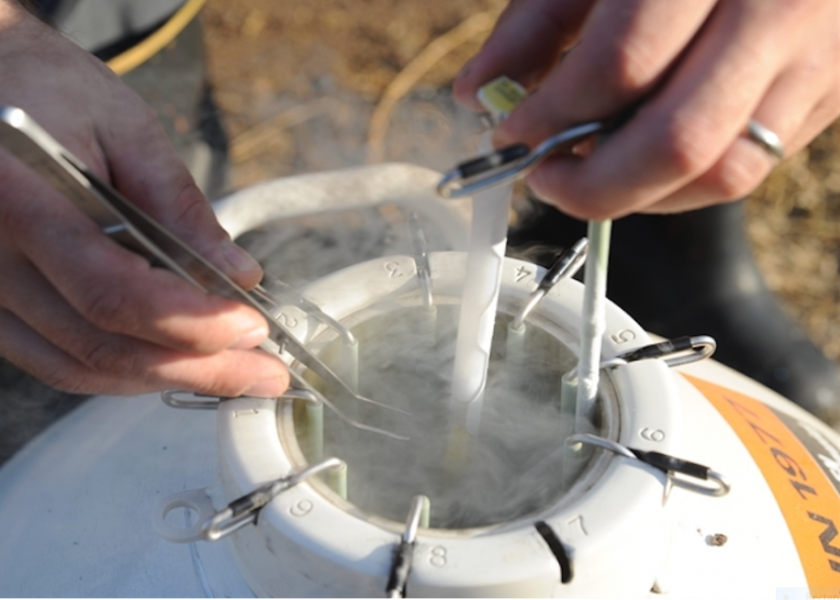Research Assesses Beef Sires' impact on Dairy Dam Productivity

In Ireland, more than half of dairy matings now are made using beef sires, according to Dr. Donagh Berry, Director of VistaMilk SFI Centre and Teagasc geneticist, County Cork, Ireland.
The practice continues to grow at a rate of about 2% per year there. Berry recently took advantage of Ireland’s massive dairy database – which, among other factors, tracks mating data – to explore a compelling question: Does carrying a beef-sired calf have any impact on the subsequent performance of the dam?
“In science, we like to start with a hypothesis to predict the outcome of a study,” Berry told Dr. Barry Bradford, host of the Virtual Coffee Break podcast from the Michigan State University Extension Dairy Team. “In this case, I truly had no pre-conceived opinion.”
He imagined the cow’s anatomy “saying” one of two things:
1. “I’m carrying this big, chunky, beef calf, so I need to channel more of my metabolic resources to growing it, and I might produce less milk as a result.” OR
2. “I have this big calf to raise, so I’m going to produce more milk to feed it.”
To test both schools of thought, Berry evaluated more than 350,000 Irish matings and subsequent dam performance. About two-thirds were dairy-on-dairy (Holstein-Friesian) pregnancies, and one-third beef-on-dairy. In addition to milk and component production, Berry looked at milk quality and reproductive performance in terms of the speed at which dams returned to their next pregnancy. A key edit imposed on the data was that no cows in the study required assistance when calving.
The results: Berry found very little difference between the performance of dams that carried dairy calves and those that delivered crossbred calves. Milk production was slightly lower in the beef-on-dairy group at an average 50 kilograms (110 pounds) – or about one day’s production -- less for the entire lactation.
While this was considered a statistically significant difference, both researchers noted it was negligible in terms of the overall value proposition of producing a dairy-beef crossbred. Bradford calculated the milk loss to amount to less than $20 U.S. in lost revenue, which would be dramatically offset by the fact that male dairy-beef calves generally fetch double the sale price or more compared to purebred dairy calves. In the U.S., that difference currently is at least $100 per head in most markets.
Both milk components and post-calving reproductive efficiency were unaffected by sire type. There was a significant but minor increase in somatic cell count (SCC) in cows that carried crossbreds.
Berry evaluated the data not just on dairy versus beef sires, but also looked at beef breeds, sire carcass weights and conformation (muscling). While breed differences did exist, they were very minor. “The most important comparison was beef breeds in general versus Holstein Friesian, and even then, the differences were minimal,” he said.
One element of caution regarding beef genetics is that some bulls can contribute to greater calving difficulty. The impact of such was removed from the analysis so that the testing of the study hypothesis was not clouded by calving difficulty. Berry advised dairy producers to strategically utilize calving ease data when selecting beef sires.
Another advantage of using beef sires: no inbreeding concerns.
“In the Holstein breed, we have to be so careful with our matings to avoid inbreeding; this is not an issue at all when breeding to beef sires,” said Berry. “As long as demand is there for beef animals, crossbreeding with beef sires is an area of huge potential for dairy producers.”







